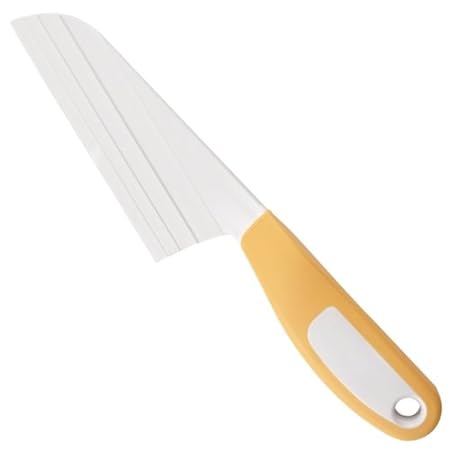The guy that sharpens my knives recommended a ceramic honing rod, so that's what I bought and absolutely love it. The thing about these rods is that you don't have to pay a lot of money to get one that works well. I've seen them selling for as much as $225, which is simply ridiculous. I paid around $20 for the one I have.
You also don't have to be super accurate with the angle. Just get it in the ballpark. Use your fingers as a guide to get the angle right. The thing to keep in mind is that you are not "sharpening" the knife with a honing rod, but rather using it to return the blade back to "true". You also don't want to bear down on it too hard. Just lightly and smoothly stroking the blade across the rod a few times on each side will do the job.
Good video here that demonstrates different techniques you can use:
Seattle Edge - Knife Honing Technique - YouTube
Can you, or someone else, recommend a specific ceramic honing rod on amazon thats in the 20-30 dollar range. Seems like alot of the well rated ones on Amazon are actually sharpeners, and are rated well by people that have no idea about knives..

